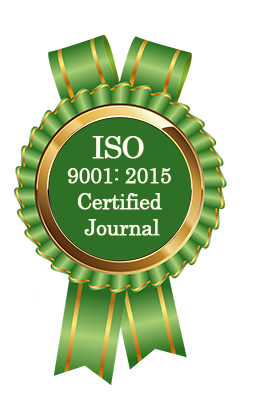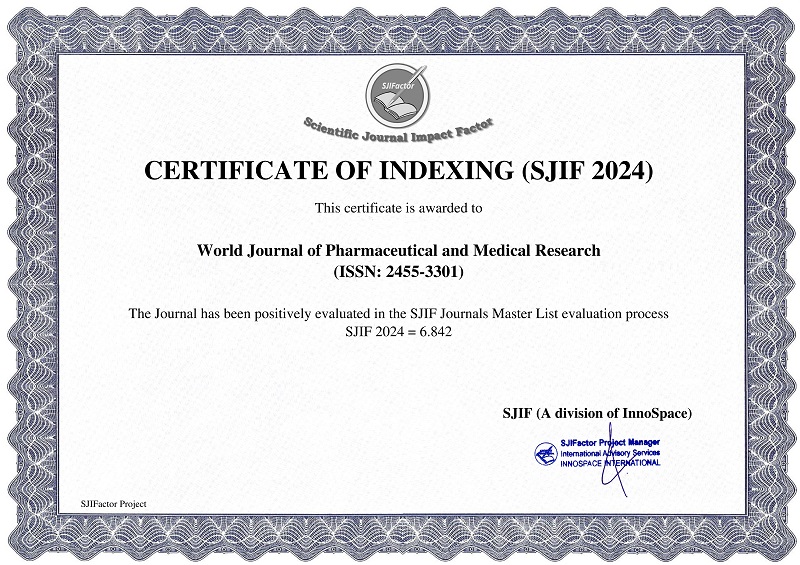CONCEPT OF UTERINE FIBROID IN AYURVEDIC PERSPECTIVE AND ITS MANAGEMENT WITH PATHYA -APATHYA
Dr. Manohar Ram*
ABSTRACT
Today, many women focus more on beauty than on health. Because of this, changes in lifestyle and diet have led to a rise in gynecological problems, especially uterine fibroids. This condition is very common in gynecology practice and greatly affects a woman’s quality of life, causing both physical and mental distress, which also impacts her family’s well-being. In ancient times, Garbhasay Arbuda (uterine fibroid) was rarely seen because the risk factors were less common. Nowadays, factors like late marriage, delayed pregnancy, not having children, lack of exercise, unhealthy eating habits, consumption of chemical/adulterated food, and a polluted environment have made the disease more frequent. Ayurvedic texts do not give a specific reference to tumors of the female reproductive system. But since these growths start in the uterus (Garbhashaya) and nearby structures, they can be described as Garbhashaya Arbuda, which can be compared to uterine fibroids. Today, uterine fibroids affect about 30–50% of women, mainly due to unhealthy lifestyle changes. In modern medicine, the main treatments are hormonal therapy or surgery. However, hormonal treatment often causes side effects like weight gain, depression, irregular bleeding, etc. Surgery, especially hysterectomy (removal of the uterus), takes away the chance of having children, so it affects a woman’s fertility. This study aims to explain the Ayurvedic view of uterine fibroids, to spread awareness and encourage the use of Ayurvedic therapies for managing such conditions. Based on the cause, signs, and symptoms, uterine fibroids can be compared to Mansaja Arbuda described in Sushruta Samhita. The treatment focuses on reducing the size of the fibroid and relieving symptoms. Ayurveda suggests three main approaches for this Shodhana (purification therapies), Shamana (palliative therapies), and Shalyaja Chikitsa (surgical management) as mentioned under Arbuda Chikitsa.
[Full Text Article] [Download Certificate]



